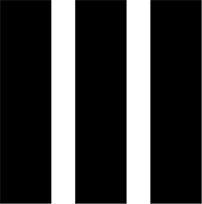Understanding Neurotoxin Modulators
Before we discuss how you can find the best Botox treatments, you must first understand how Botox works. There are many misconceptions about how Botox smoothes your skin, with many people likening it to dermal fillers that “fill” your wrinkles and facial fine lines. Botox belongs to a class of injectable cosmetic treatments called “neurotoxin modulators.”
Neurotoxins (like Botox) are used to treat dynamic facial wrinkles, i.e., wrinkles that appear due to the overuse of certain facial muscles. The vertical frown lines between your eyebrows occur due to squinting, the crow’s feet around your eyes appear due to laughing, and the horizontal forehead lines appear when you raise your eyebrows.
Neurotoxins (like Botox) are made of a botulinum toxin type A, a component that temporarily blocks communications between the targeted facial muscles responsible for dynamic wrinkles and nerve endings. By blocking the nerve signals, Botox temporarily paralyzes the facial muscles to avoid contractions, thereby minimizing the appearance of wrinkles.



